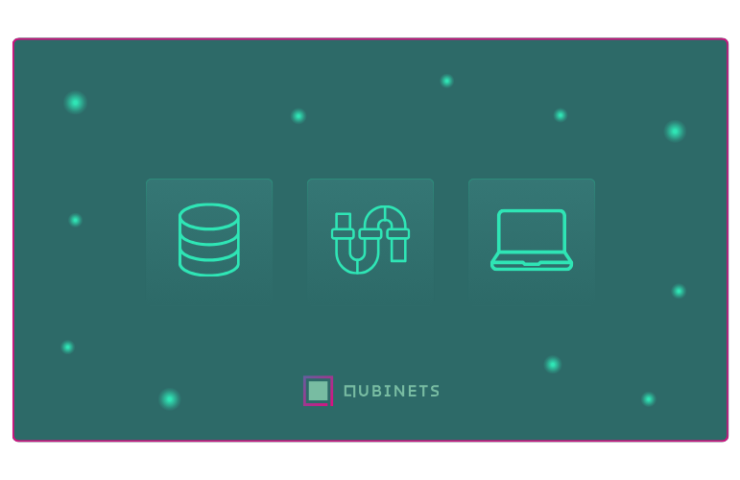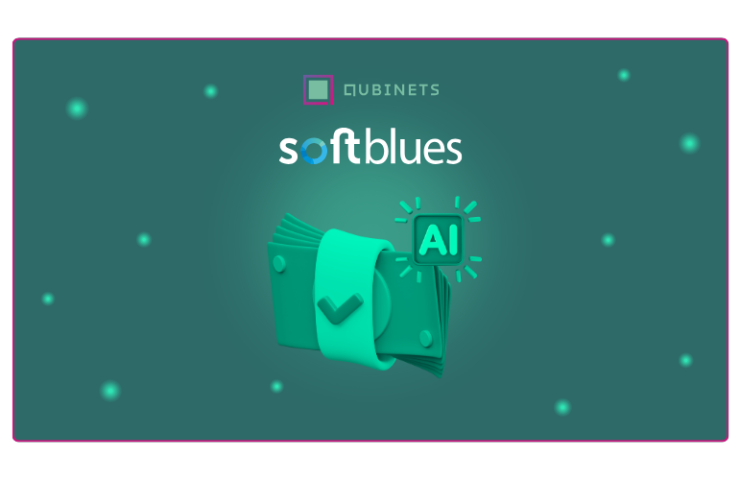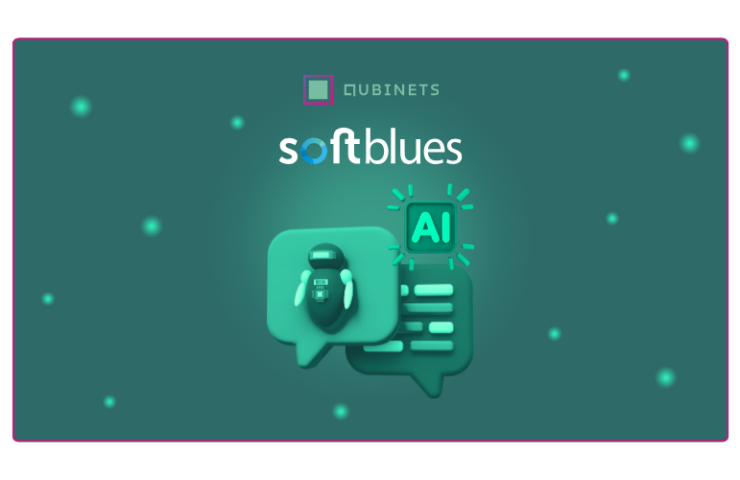Introduction
Imagine trying to build an AI agent without understanding the nuts and bolts that make it work. It’s like assembling a car without knowing what an engine is. AI agents have become an integral part of many industries, from customer support chatbots to financial planning assistants. But what are they made of, and how do they really work?
In this blog, we’ll take a deep dive into the anatomy of an AI agent—covering the key components, types of agents, developer challenges in building them. and best practices for building effective agents.
Whether you’re a developer just getting started or an enthusiast wanting to understand more, knowing the anatomy of an AI agent will give you insight into how these powerful tools are designed and how you might create your own.
What Is an AI Agent?
First, let’s get to the basics and answer the quick question: What is an AI agent?
It is essentially a system designed to perceive its environment, make decisions, and take actions towards achieving specific goals. Think of it as a virtual helper that can understand data, make decisions, and act based on its knowledge. AI agents can be reactive (responding to stimuli without keeping history), cognitive (learning from past experiences), or goal-driven (focused on achieving specific outcomes).
Take, for example, your typical virtual assistant like Siri or Alexa. These assistants take user inputs (spoken commands), make sense of those commands using natural language processing (NLP), and provide responses that are meaningful. Another example would be self-driving cars, which continuously perceive their environment, process the data, and make real-time decisions to ensure passenger safety.
Understanding what makes an AI agent different from a traditional program lies in its ability to learn, adapt, and act autonomously, which is why these tools are a core part of AI technology today.
Key Components of an AI Agent
These powerful tools are made up of several core components that allow them to operate autonomously and intelligently. Let’s break down each part:
Perception and Sensors: The perception module is responsible for gathering data from the environment. AI agents rely on sensors—whether physical sensors like cameras and microphones in robots or virtual data streams in software-based agents. This sensory input is the first step in understanding what is happening around them.
Knowledge Base: The knowledge base is where all relevant information is stored. It includes databases, semantic networks, and training data that the agent uses to make educated decisions. Imagine a typical chatbot t in customer service—it must pull from product information databases, customer interaction histories, and even user manuals to provide meaningful responses.
Inference Engine: This component is the brain of the AI agent. It processes the information from the knowledge base, applies logical rules, and makes decisions. The inference engine is where the reasoning happens—whether it’s deciding which products to recommend or how to navigate through traffic.
Learning Module: Agents learn from experiences, and the learning module is responsible for this. It could involve supervised learning (learning from labeled datasets), unsupervised learning (identifying patterns without predefined labels), or reinforcement learning (learning from rewards and punishments). A good example are chatbots, which have become better at answering questions over time as they interact with more users.
Communication Interface: For an AI agent to be effective, it needs to communicate with users. The communication interface uses natural language processing (NLP) to understand and generate human language, making interaction seamless. For instance, when you ask a virtual assistant for the weather forecast, the communication interface allows it to understand your question and respond.
Types of AI Agents in Practice
AI agents come in various forms and are utilized across different industries. Let’s explore some of the most common and emerging types:
Chatbots and Virtual Assistants: These are the most recognizable forms. Chatbots are often used for customer support, providing quick answers to FAQs, while virtual assistants like Google Assistant help with everyday tasks. Their components include perception (voice recognition), inference engines, and communication modules.
AI in Financial Advisory: AI agents in finance are increasingly used to provide personalized financial planning. These agents analyze customer data to recommend investment options, budget plans, and more. They combine perception (collecting customer data), knowledge bases (financial market data), and inference engines to make tailored recommendations.
AI Agents in the Legal Sector: In the legal industry, these tools assist with tasks like legal research and contract analysis. These agents can parse through large volumes of case documents, identify relevant clauses, and provide insights to lawyers, thereby speeding up what would otherwise be labor-intensive processes.
Recommendation Systems: Recommendation engines like those used by Netflix or Spotify are AI agents that help personalize user content. These agents analyze user preferences and provide suggestions using a mix of knowledge bases (user data) and inference engines.
Best Practices for Building an AI Agent
If you’re thinking about building your agent, here are some best practices to keep in mind:
Choosing the Right Tools and Frameworks: Tools like Qubinets simplify the setup process for building AI agents by providing the necessary infrastructure and seamless integration with popular open-source tools and frameworks like Flowise, Qdrant, Rasa and others. Qubinets provides you with the tools, frameworks, and infrastructure needed to develop and deploy AI agents, ensuring that you have a streamlined and efficient process. Choosing the right tools can make or break your project.
Iterative Development and Testing: Developing such a tool is an ongoing process. Regular iterations and extensive testing help identify bugs, improve the agent’s responses, and ensure that the agent is learning correctly. Remember, a successful AI agent isn’t built overnight—it requires constant refinement.
Data Privacy Measures: Privacy is paramount since agents often deal with sensitive data. Use encryption, limit data access, and follow data privacy regulations to ensure users feel confident in interacting with your AI agent.
Conclusion
Understanding the anatomy of an AI agent is key to building systems that can effectively understand, learn, and interact. By breaking down the core components—perception, knowledge base, inference, learning, and communication—you gain insight into how to create more advanced and useful AI solutions. AI agents are becoming an essential part of modern technology, and with the right tools and practices, they can help solve complex problems, automate tasks, and make our lives easier.
Now that you know what goes into making an AI agent, why not experiment with building one yourself? Whether it’s a chatbot, a recommendation engine, or a financial assistant, there are endless possibilities waiting to be explored.
If you’re interested in learning more, check out how Qubinets can help you in building and deploying your AI agent.






